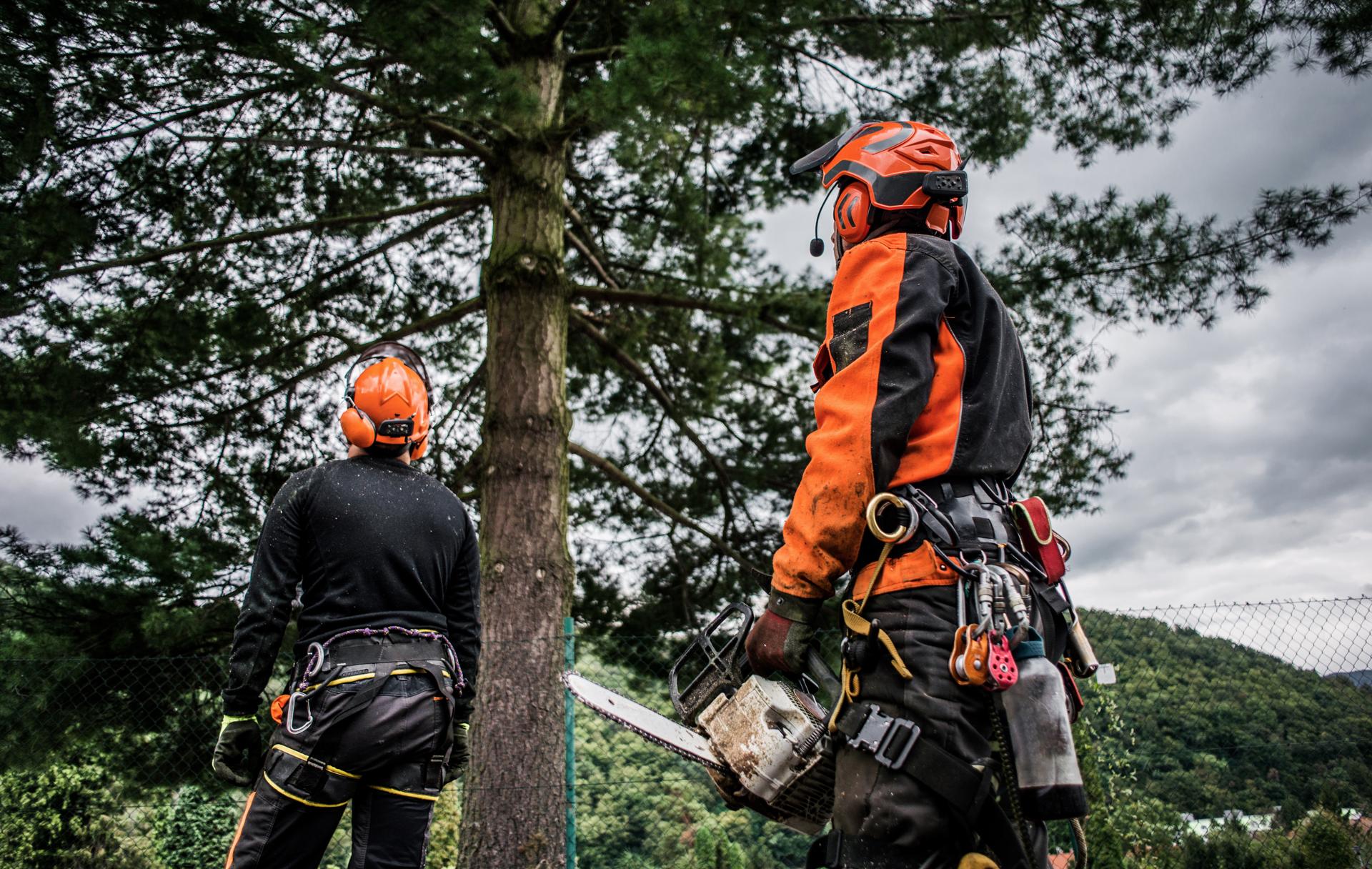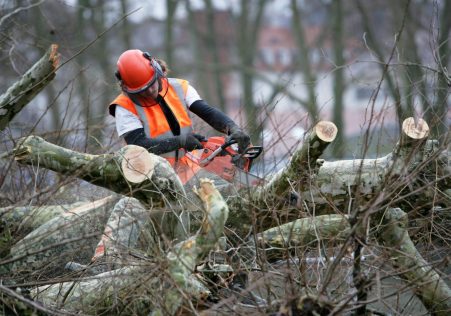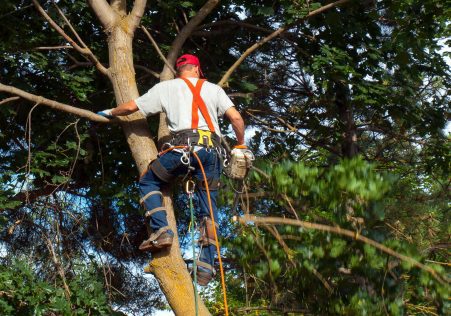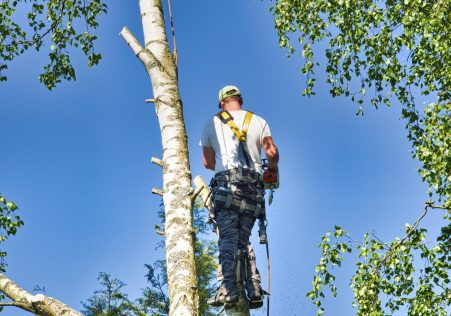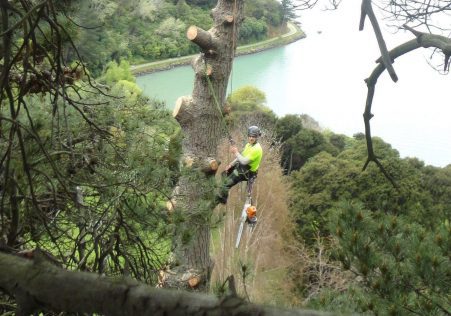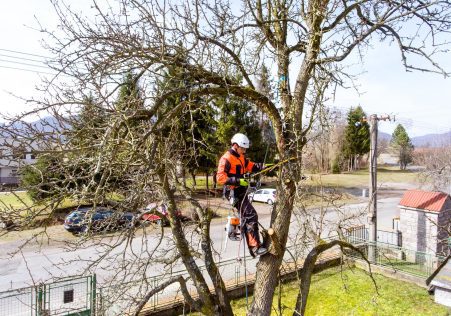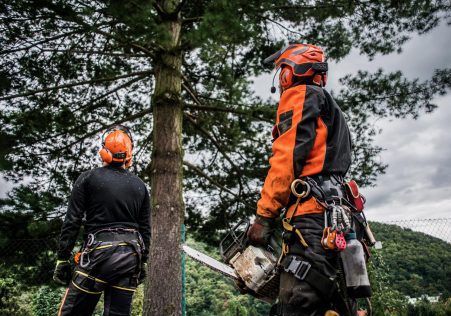The Life-Long Life of Tree Roots After the Trees are Cut
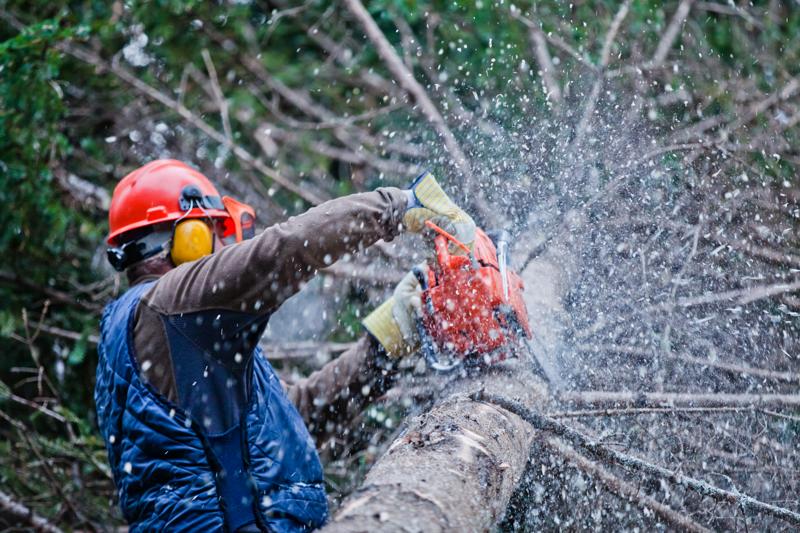
Tree removal is a crucial task for many property owners, but it’s not as easy as cutting off the branches and leaving the root to decompose. Understanding the longevity of tree roots is vital in ensuring it is done correctly and safely. This article we’ll examine the duration that tree roots live after a tree is cut down and answer several of the frequently asked questions about this topic.
How long do the tree’s roots live after cutting down?
The time span for the roots of a tree after it has been cut down could differ greatly based on the species that the tree is, as well as the size of the roots, and the environment conditions. In general, it’s reasonable to believe that the tree’s roots will continue to live for many years after a tree has been removed. This is due to the fact that the roots are still capable of taking in water and nutrients from the soil regardless of whether the tree is removed.
The factors that determine the longevity of Tree Roots
There are a variety of factors that can affect the length of time that tree roots last after a tree is removed. These include the species of trees Certain species of trees contain roots that are robust and more durable than others. For instance oak tree roots are known to live for several decades after the tree is cut down. Size of the roots The more extensive the tree’s root system are, the longer they will likely remain after the tree has been cut down. This is because bigger roots are more able to absorb nutrients and moisture from the soil. Conditions in the soil: The kind, temperature, and the level of moisture in the area where trees were removed can affect the life span and longevity of roots. If the soil is dry and compacted the roots are likely to decompose faster. When the soil remains moist and well-drained, they will live longer.
What happens to the tree Roots After cutting them down?
If trees are cut down, the roots will gradually begin to decay. This process may take a few years, depending on the factors discussed above. At this point the roots gradually release nutrients back into the soil, which can be beneficial for other plants that are in the vicinity. Once the roots have fully gone through their decomposition, they will not pose a risk to the surrounding landscapes or structures.
FAQs:
Can tree roots regrow after being cut down?
Tree roots are not able to regrow after a tree has been cut down. After the roots have been removed, they will slowly start to decay and no longer be capable of being regrown.
Are tree roots able to continue to grow after cutting down?
The roots of trees will not continue to grow after a tree has been taken down. But, they’ll remain alive for a number of years because they’re still capable absorbing moisture and nutrients out of the earth.
Do tree roots continue to grow even after the cutting?
It is not true that tree roots will not continue to spread after a tree has been cut down. Once the tree has been removed, the roots slowly begin to decay and no longer pose a threat to surrounding structures or landscapes.
Conclusion:
In conclusion, the longevity of the tree’s roots after a tree has been removed is a matter of debate depending on several factors. Understanding the length of time that tree roots will live is essential to ensure that the removal process is completed correctly and safely. If you own trees that need to be removed, it’s recommended to employ an expert Christchurch Tree Removal arborist to carry out the job. Our highly trained and experienced arborists have the necessary equipment and experience to safely and effectively remove trees, and to address any concerns regarding the longevity of the roots. Contact us now by phone at 0800 500 996 to schedule a consult and to learn the details about our services for tree removal in Christchurch. Don’t risk damaging your property or putting yourself at risk trying to remove a tree your own. Let the experts from Christchurch Tree Removal handle all of your tree removal requirements.


